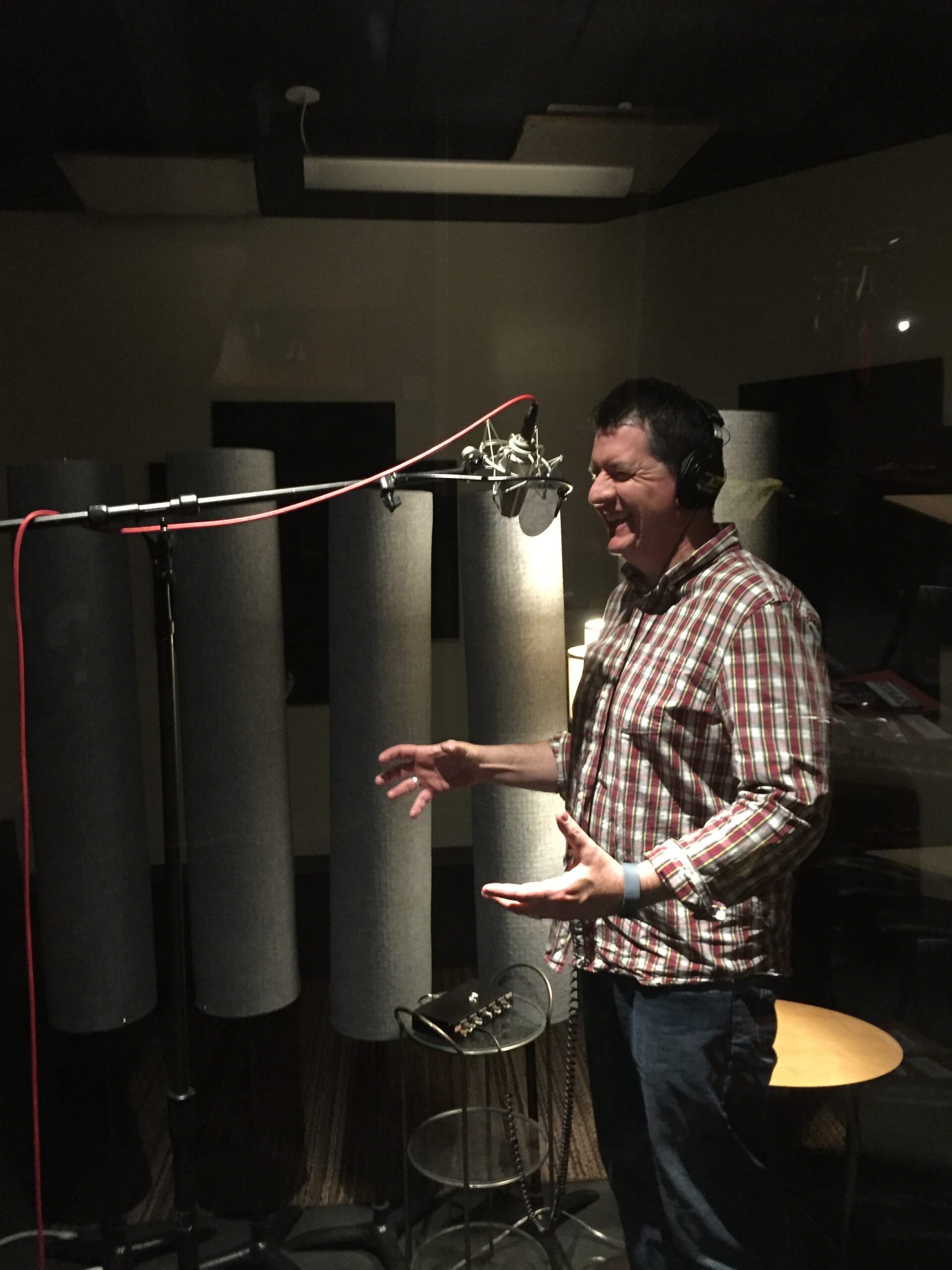
The Art and Science of Video Interviews
Producing video content with great video interviews is equal parts art and science.. Rest in peace, Barbara Walters.
Capturing interviews is a delicate balance of preparation and execution. Postmodern Company produces a lot of video content that employs good interviews. This is a reflection of how ubiquitous corporate, company and brand interviews are and how ubiquitous documentary productions have become. We see interviews everywhere, but not all are created equally.
We start every video concept (that will use some interview footage) with these platform questions and considerations. If anyone out there reading this is considering an upcoming video that will use fresh interviews, we hope you find this helpful.
Key Questions to consider from the beginning:
- What are the answers you’re looking for from these interviews? In other words what story are you trying to tell or support through the interviewees’ responses?
- Who are the best people to put on-camera to gather the responses from Question 1 above?
- Don’t just think about the most knowledgeable person you can interview for these answers and hope they find their way to the screen. You have to consider these factors as well: the person’s delivery, their comfort level being on-camera, their longevity as a reputable source of information and their appearance. Example: just because the CEO knows the most about the company and for political reasons they should be included in the video – doesn’t mean they’re the best person to put on camera
- How will each interviewee be best prepared for the interview?
- We use one of three methods to help with interviewees, based entirely on their personality and ability to deliver responses to camera. We give them the questions ahead of time. We seed the answers for them (giving them the questions and talking points for answers). We use a teleprompter (fully scripted responses). All three are effective means of getting great interviews and sometimes a combination of these is the best protocol.
These base questions are the science of the interview, but the art of the interview lives both visually and auditory. This is where the preparations of the producer (the interviewer) can illuminate or damper the interview. So, here are a few key starters that we work through before we sit down and hit record.
- Enter into each interview with the mindset that you’re going to have a very interesting conversation.
- Know your subject. Learn about who they are and why they’ve been asked to sit down for the interview. Learn the questions and potential answers (forward and backward) and be ready to ask unscripted, unannounced and supportive questions.
- Plan for “a look”. What do you want these interviews to look like?
- How many cameras? What setting? What kind of lighting? How will it align to the rest of the visuals in the video?
- Be empathetic. Typically, interviewees are spending time with the production company to shoot these interviews on their own time or without any compensation/incentive. Be aware of their time and commitment to the process and respect their position.
These are a few of the pieces in our process when approaching new video content that involves interviews. A solidified pre-production and production process always yields a better end product. The videos will be more interesting, more authentic and more endearing when all of the above and more are fully considered, ahead of the shoot. We’d like to think Barbara Walters would agree.




